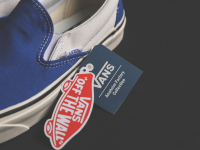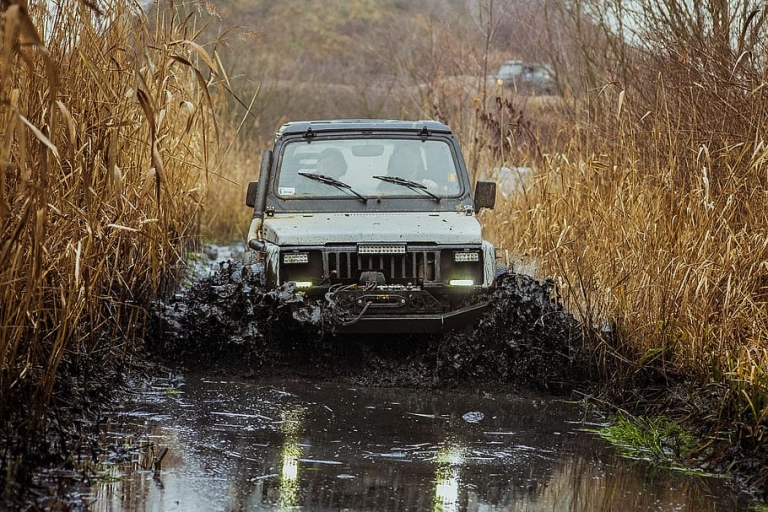Excellent cross-country ability is what you expect when you rent Jeep Grand Cherokee or Toyota Land Cruiser for traveling. Yes, SUVs have the right parameters to make you feel confident on any road surface, even off-road.
However, what exactly does the vehicle’s cross-country ability mean? This is a set of specific technical characteristics, and their combination makes SUVs such an all-terrain vehicle.
Let’s check at what to look for when choosing a perfect SUV, for example, if you need to rent a car for a country trip…
-
Roll angle
In the classical description, this is the maximum angle at which the car can move to a horizontal surface without hitting an obstacle with the bottom or elements located lowest below it.
But do not confuse this parameter with ground clearance, which is the distance between the road surface and the lowest point of the central part of the vehicle.
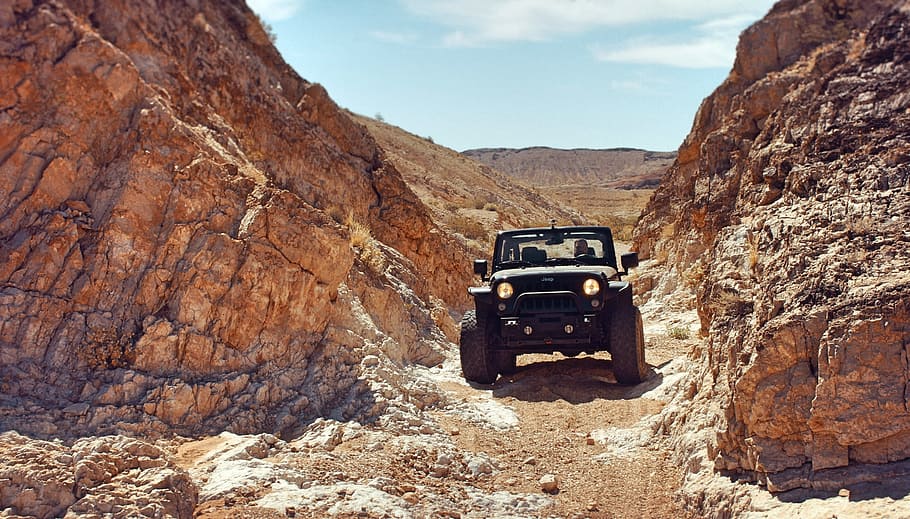
-
Breakover angle
This is the second important indicator that affects the geometry of the car. It indicates the distance from the ground to the lowest point of the vehicle between the wheels – the lowest points of suspension elements, drives, fasteners and other units.
Often, manufacturers use either a better parameter or a general concept for ground clearance at any point in the vehicle. In short, this parameter denotes the lowest point in the area of the axes. Of course, we are not talking about elements on the wheels themselves, such as shock absorbers.
Very often, vehicles with independent suspension have a higher breakover angle than vehicles with dependent suspension.
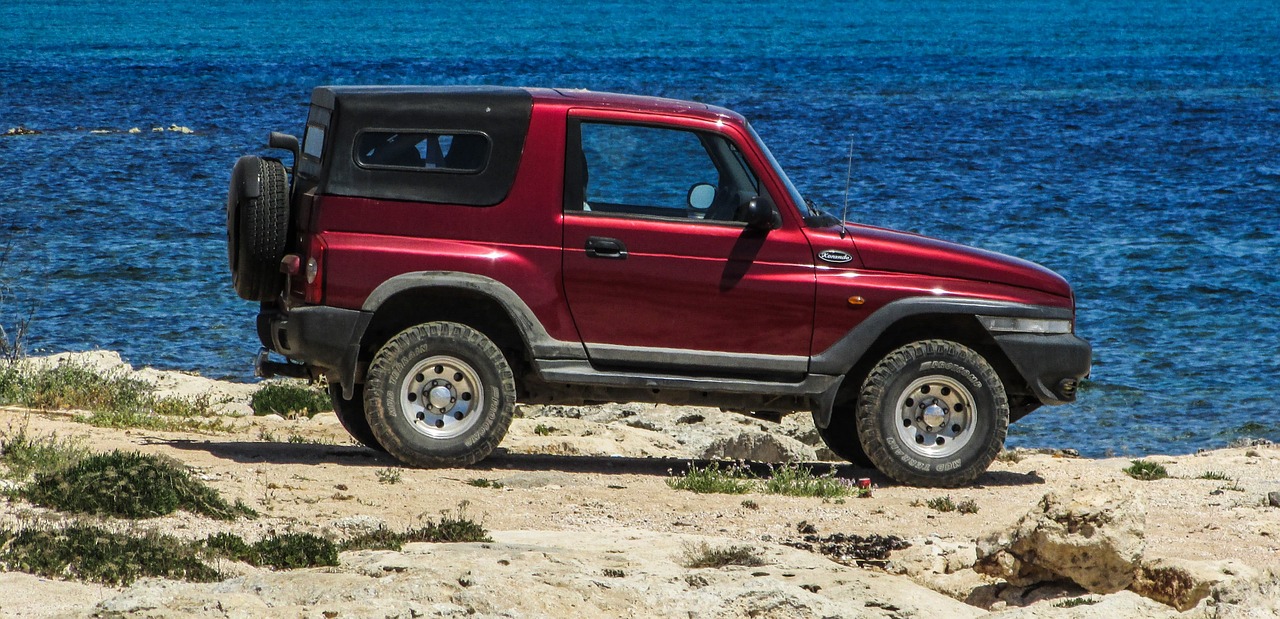
-
Ground clearance
If you are looking for a suitable rental car for a trip to the forest or the beach, your vehicle should have a high ground clearance. This is the distance between the ground and the lowest point of the vehicle, but between the axles of the vehicle, not the wheels. Usually, the ground clearance is higher than the breakover angle. Regardless of the suspension design, ground clearance will vary with the load and driving conditions.
Does this parameter say anything? Sure. For example, if you need to drive over a tree lying across the road, then the higher the clearance, the less likely you are to hit it with the bottom of the car.
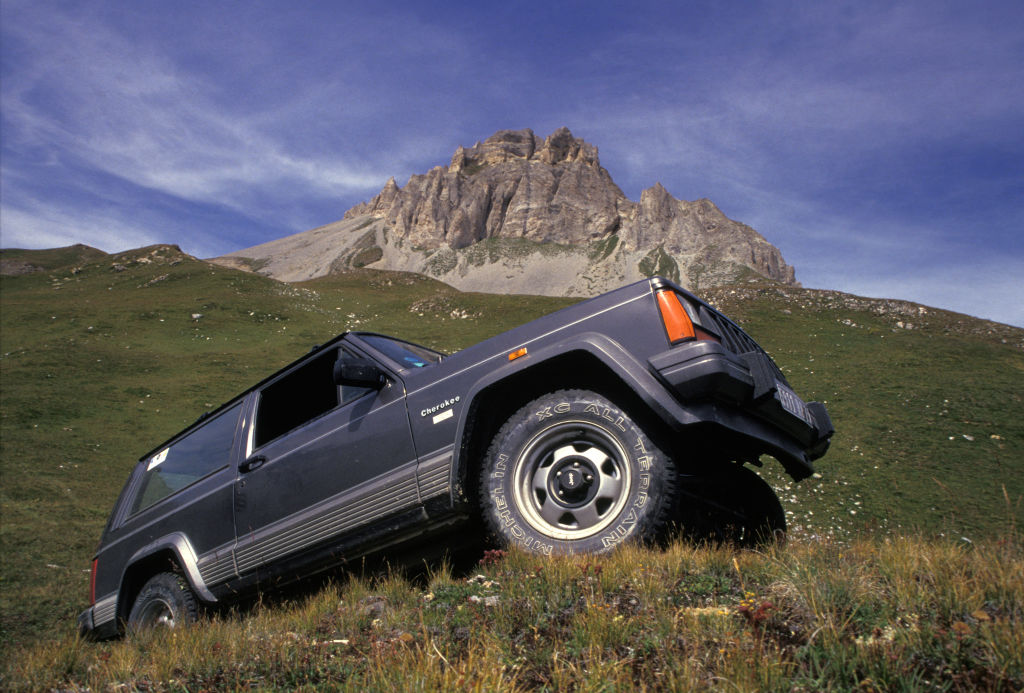
-
Approach angle
Approach angle is the angle between the horizontal surface and the line drawn between the contact patch of the front wheels and the lower point of the front of the vehicle.
Imagine that you are driving your car rental somewhere in the countryside and you need to drive up a hill. The larger the approach angle, the steeper the hill you can climb.
In simple terms, the angle of attack determines the vehicle’s ability to approach an incline without hitting it by the front bumper or engine underbody guard, that is, the maximum ramp angle that a car can enter without touching it with the front of the body. The parameter is closely related to the front overhang. A similar parameter is used for the rear of the car.
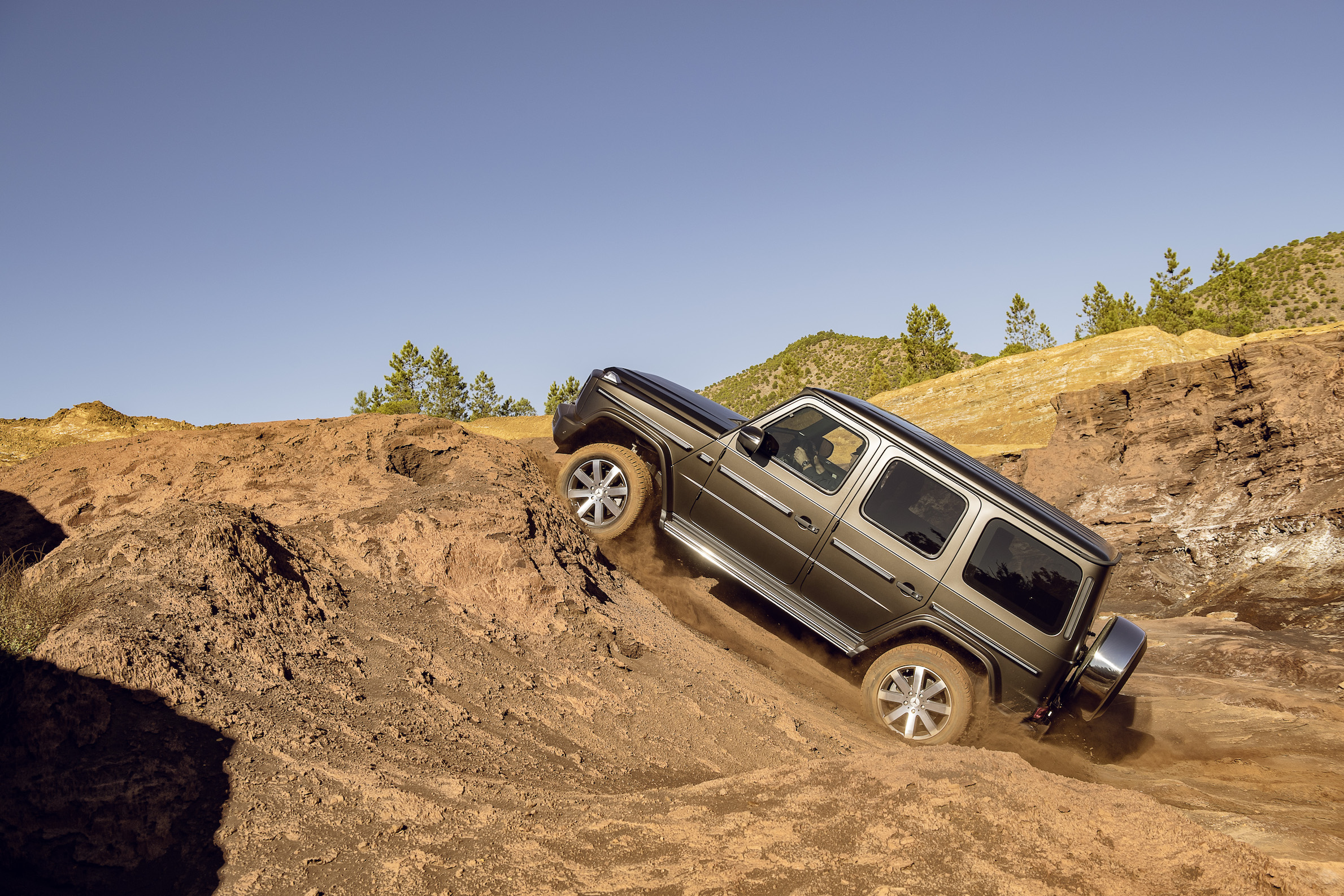
-
Departure angle
Departure angle is the same as the approach angle, but for the rear end of the body. This is the angle between the horizontal surface and the line drawn between the contact patch of the rear wheels and the bottom point of the rear of the car.
Of course, 4×4 off-road SUVs have a significantly larger approach and departure angles than conventional cars, and can reach even 45°-50°.
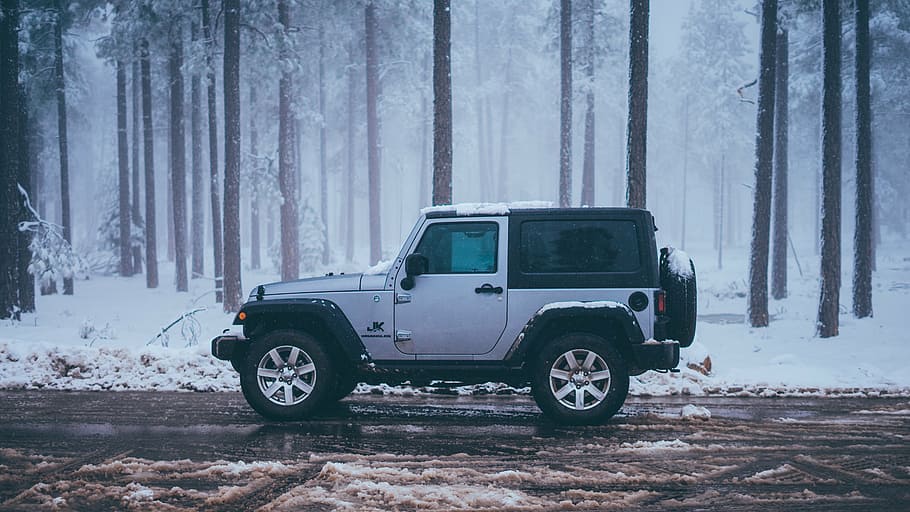
-
Rollover angle
This is the maximum tilt angle of the vehicle around the longitudinal axis at which it won’t roll over. In real life, this parameter depends on the combination of the vehicle’s width and height, wheelbase width, and its center of gravity.
The wider the car’s wheelbase, the lower the center of gravity height and ground clearance – the higher the rollover angle. That is, the more difficult it is to put the car on its side when driving on a longitudinally inclined surface.
Understanding the roll-over angle of the car can help on off-road, and especially in places with steep slopes. Fortunately, there are no such slopes even on abandoned dirt roads.

-
Water wading depth
You should consider this parameter if you are going to drive your car rental across mountain streams and other water obstacles. Water wading depth is the maximum depth of a water obstacle that a car can safely overcome. The parameter is configurable and depends on the height of the air intake above the assumed waterline.
In real conditions, driving across the river can end very badly. It’s very important that water doesn’t get into the intake manifold and cylinders, but also that it doesn’t damage the electronics or, even worse, the car is not rollover by the water stream.









